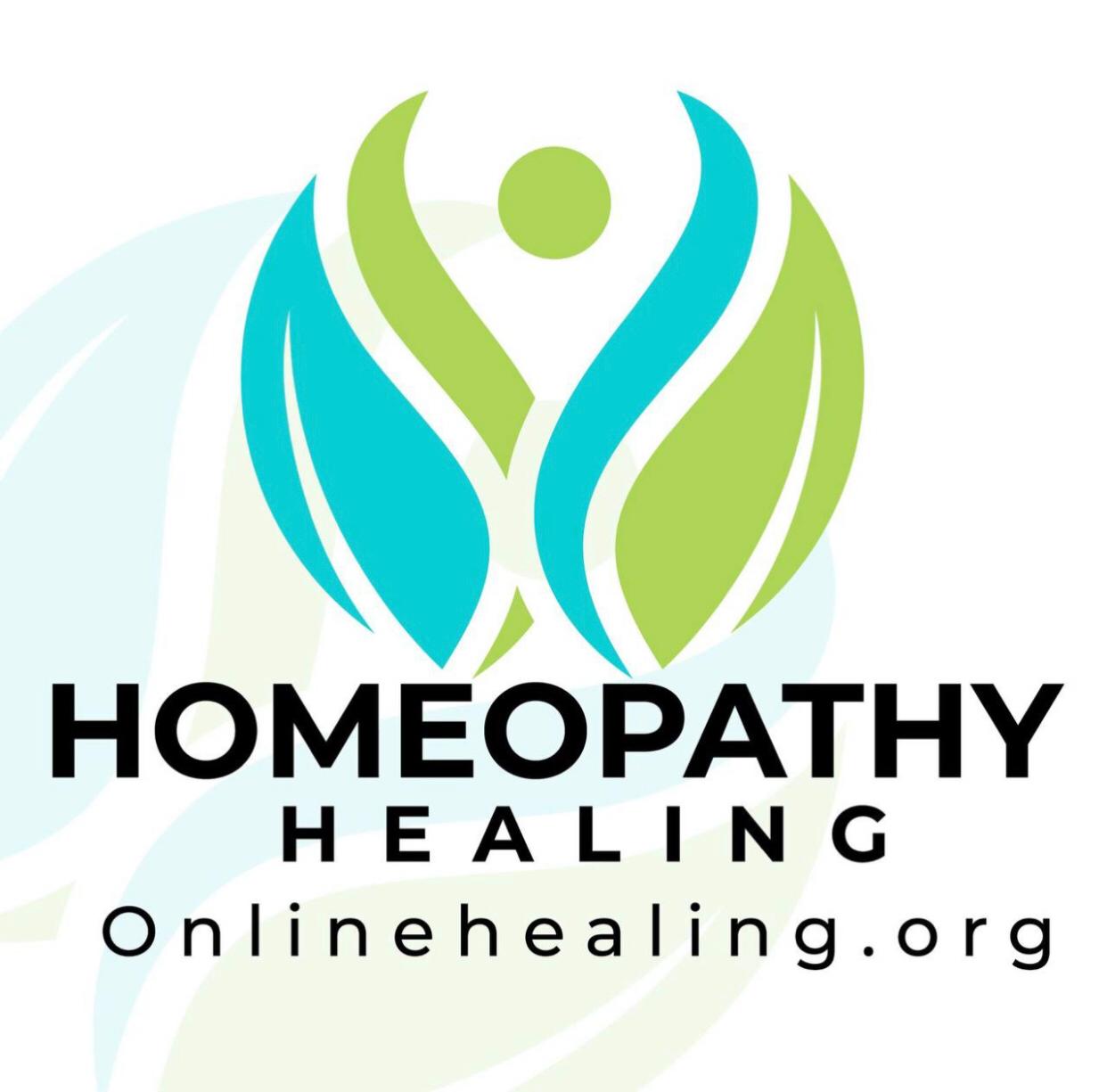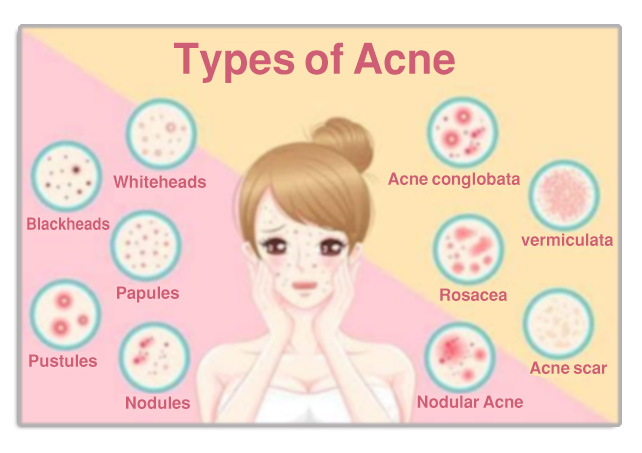Acne
Acne is common human skin disease mostly found in adults during their teen age.
Characterized by seborrhoea (red skin), commedones (black heads), pappules(pin heads), pustules (pimples), nodules etc.
Acne affects skin over face, upper part of the chest, back where skin contains hair follicles, sebaceous glands.
Mostly acne seen in adolescence because of increased testosterone levels or androgens.
CAUSES
Acne develops as blokages in hair follicles. Hyperkeratinization and formation of plug of keratin and sebum is the earliest change. Increased sebaceous glands, increased secretion of sebum is cause for acne. Sebaceous glands are blocked with sebum; dead skin cells can cause inflammation forms pustules. Increased testosterones increase the secretion of sebum that’s why acne common in young adults.
-
Acne increases in puberty and during menses.
-
Acne increases in hypothyroid, Cushing syndrome, pcod.
-
Acne increases in pregnancy.
-
Acne increases in menopause due to decrease in estradiol, progesterone.
-
Propineobacterium is anaerobic bacteria causes acne.
-
Diet – high glycemic food, high sugar diet, milk products, chocolates causes acne.
SIGNS SYMPTOMS:
Acne include seborrhea (increased sebum secretion), commedones, papule’s, pustules.
Scars are formed by inflammation of dermis caused by acne by deposition excessive collagen formation in process of healing the wound.
Ice pick scars, car box scars, hypertrophied scars are various types of scars. cystic acne.
Pigmented scars are the result of formation cystic acne. They often leave inflamed red mark.
Epidemiology:
Globaly 650 millions are suffering from acne. 40 to 60 per people are suffering from acne. Females are more affected than me

